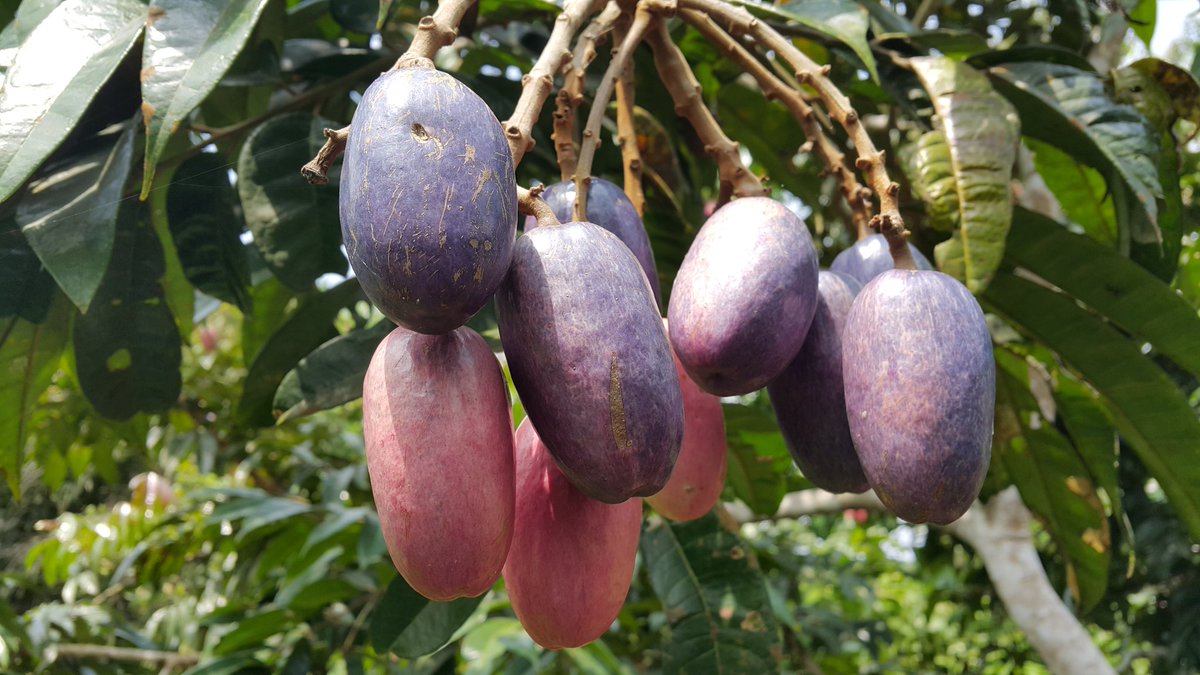Securidaca longipedunculata
This is a tropical plant found almost everywhere across the continent with different uses in every part of Africa. In Tanzania, the dried bark and root are used as a laxative for nervous system disorders, with one cup of the mixture being taken daily for two weeks.
In East Africa, dried leaves from the plant are used in the treatment of wounds and sores, coughs, venereal diseases, and snakebites. In Malawi, the leaves are also used for wounds, coughs, venereal diseases, and snakebites, as well as bilharzia, and the dried leaves are used to cure headaches. In other parts of the continent, parts of the plant are used to cure skin diseases, malaria, impotence, epilepsy, and are also used as an aphrodisiac.
In East Africa, dried leaves from the plant are used in the treatment of wounds and sores, coughs, venereal diseases, and snakebites. In Malawi, the leaves are also used for wounds, coughs, venereal diseases, and snakebites, as well as bilharzia, and the dried leaves are used to cure headaches. In other parts of the continent, parts of the plant are used to cure skin diseases, malaria, impotence, epilepsy, and are also used as an aphrodisiac.
More: en.wikipedia.org/wiki/Traditional_African_medicine

